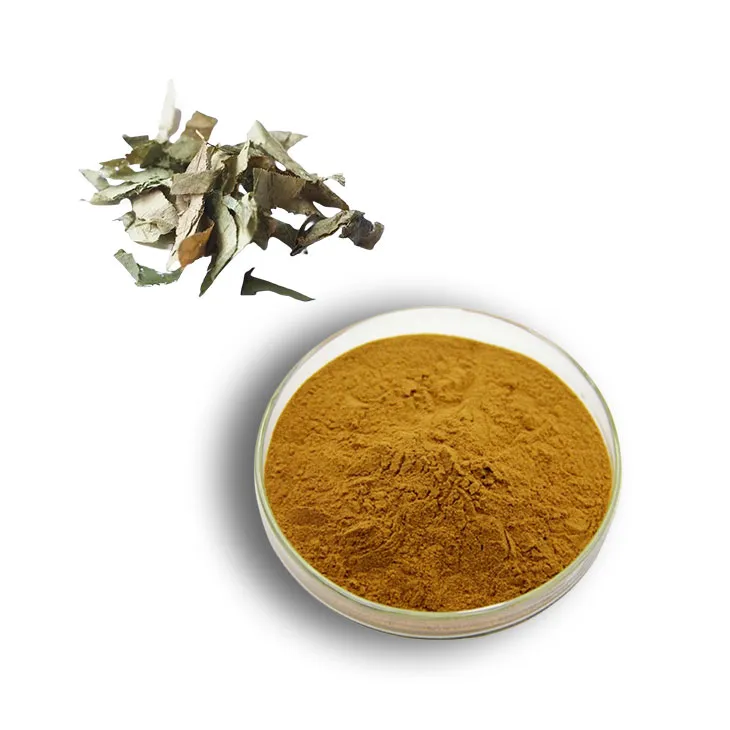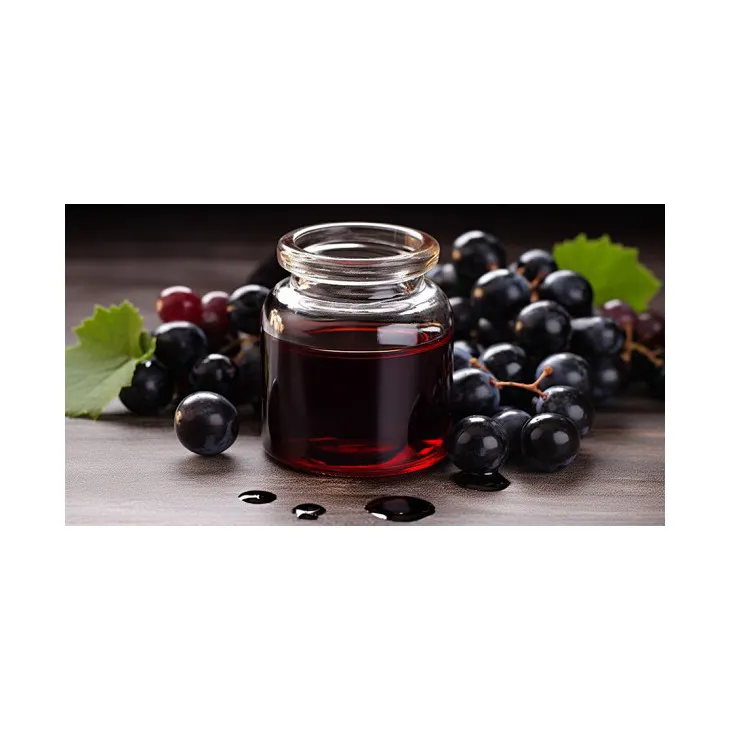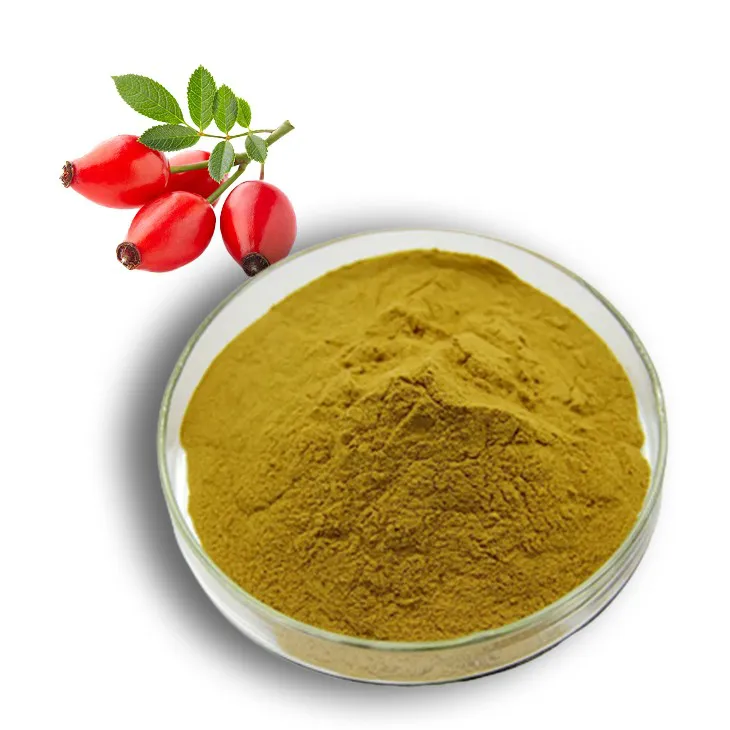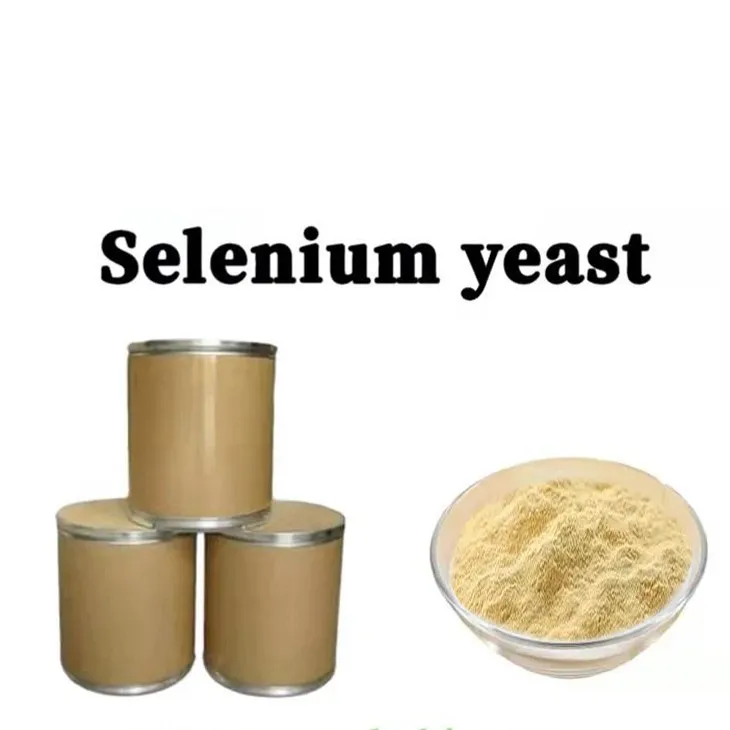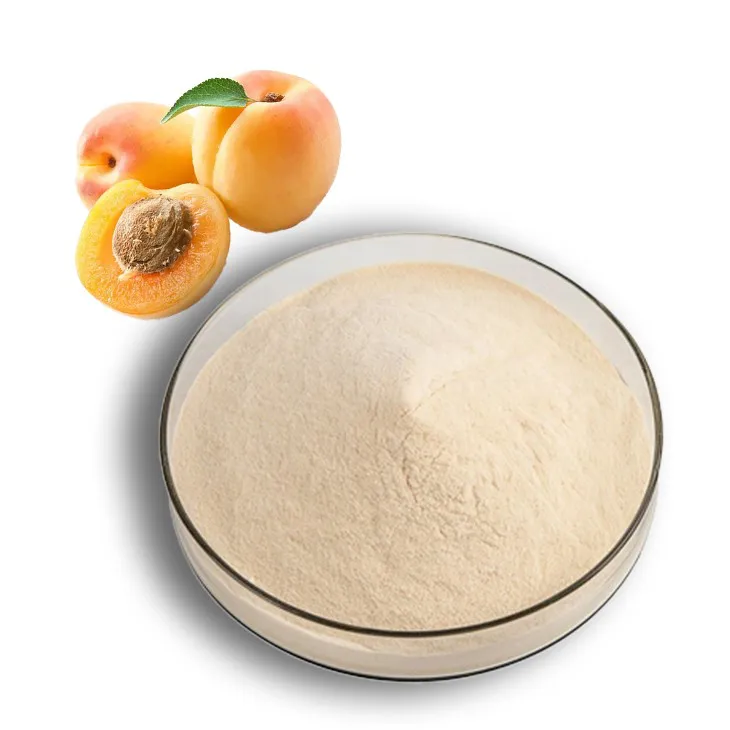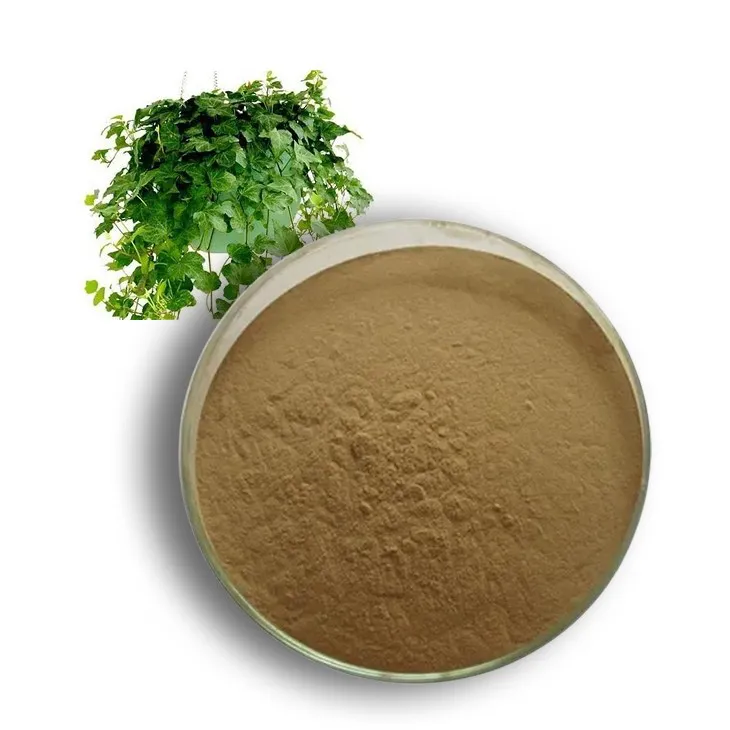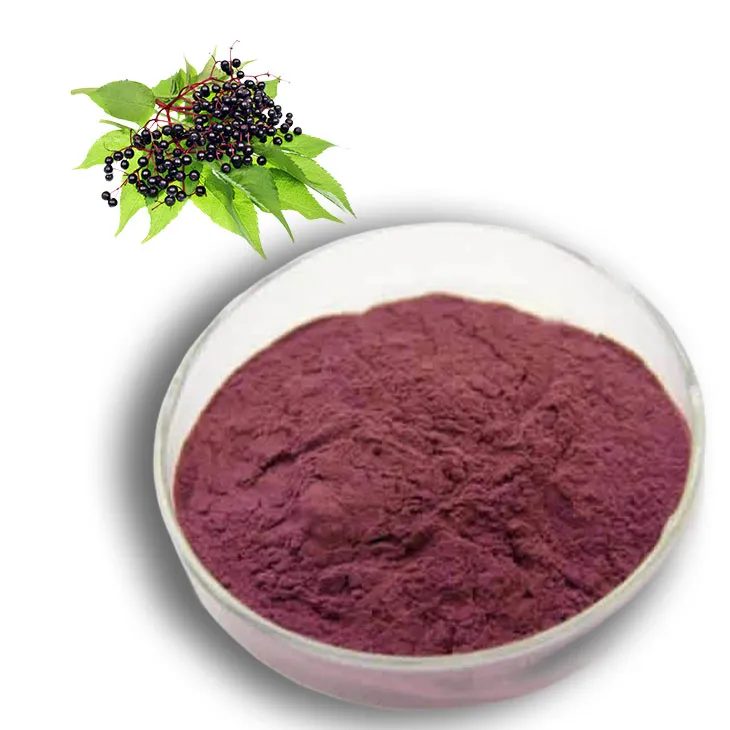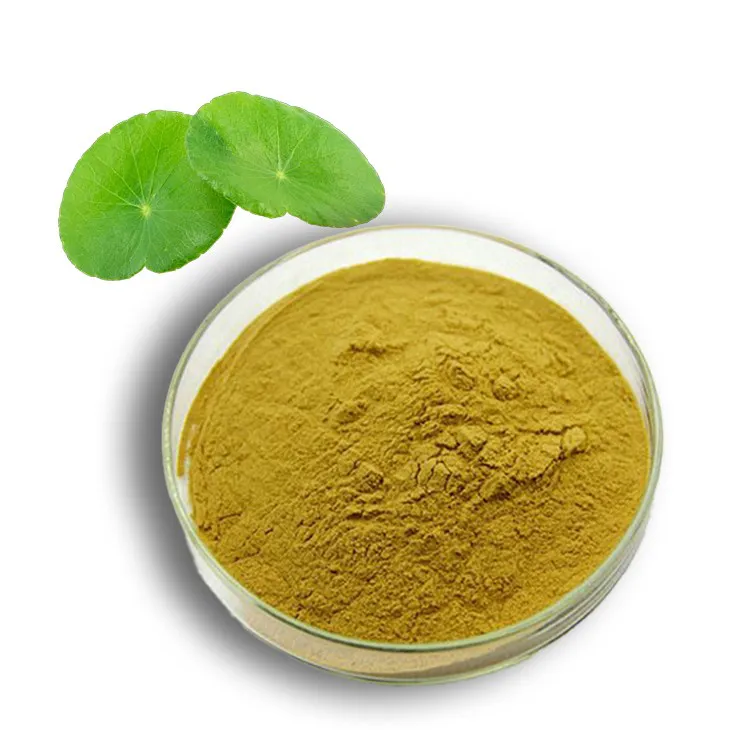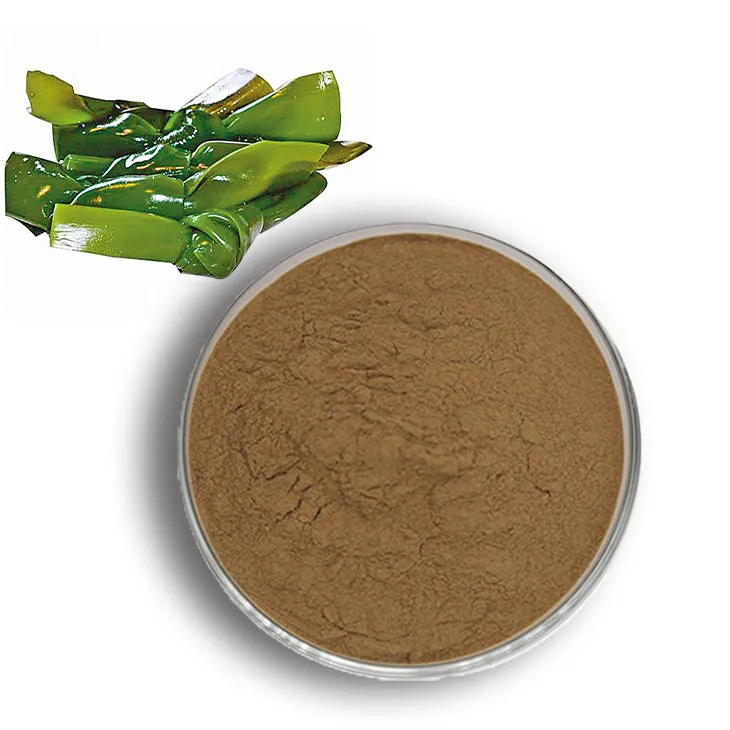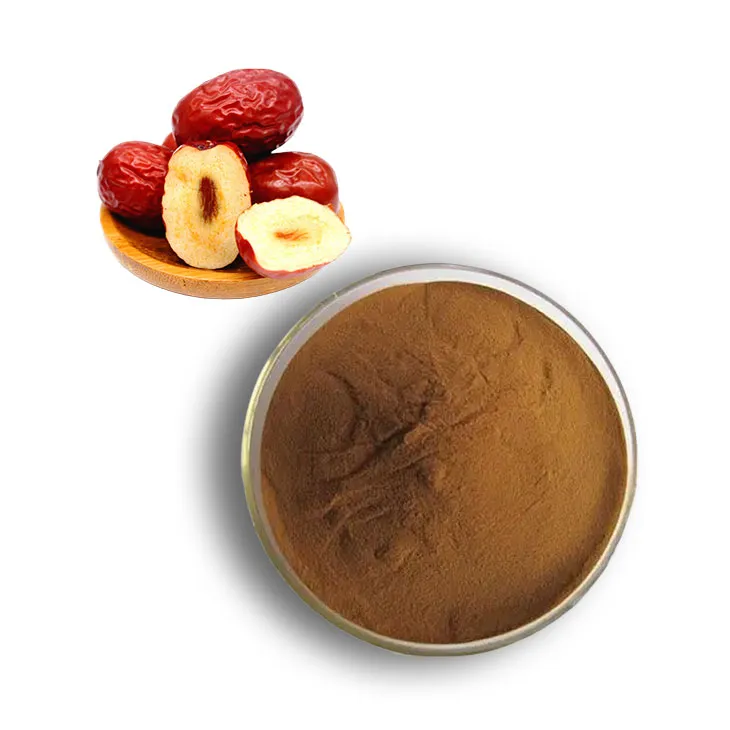- 0086-571-85302990
- sales@greenskybio.com
Is oat straw used to extract powder? Make sure you source from sustainable suppliers!
2024-12-10
Introduction
In recent years, the extraction of powder from oat straw has emerged as an area of growing interest. Oat straw, which was once considered a by - product in oat production, is now being recognized for its potential value in various applications. However, as this trend gains momentum, it is crucial that we pay close attention to the source of the oat straw, particularly in terms of sustainability.
The Process of Extracting Powder from Oat Straw
The Harvesting of Oat Straw: Oat straw is typically harvested after the oats have been collected. This is a crucial first step. The quality of the oat straw at this stage can significantly impact the quality of the powder that will be extracted. For example, if the oat straw is damaged during harvesting, it may contain impurities or have a reduced nutrient content.
The Extraction Method: There are several methods used to extract powder from oat straw. One common method involves drying the oat straw and then grinding it into a fine powder. Another method may use solvents to extract certain active compounds from the oat straw, which are then concentrated and dried to form a powder. However, these methods also need to be carried out in an environmentally friendly way to ensure sustainability.
The Significance of Sustainability in Oat Straw Powder Production
Resource Conservation
Soil Health: Sustainable sourcing of oat straw ensures that the soil is not over - exploited. Oats are often grown in rotation with other crops. If oat straw is harvested in a sustainable manner, it allows the soil to maintain its fertility. For instance, leaving a certain amount of oat straw on the field can act as a natural mulch, protecting the soil from erosion and adding organic matter back into the soil as it decomposes.
Water Conservation: Sustainable oat straw suppliers are more likely to implement water - saving irrigation methods in oat cultivation. Oat production requires a significant amount of water, and by using sustainable practices, we can reduce the overall water footprint associated with oat straw powder production.
Market Competitiveness
Consumer Preference: In today's market, consumers are increasingly conscious of sustainability. They are more likely to choose products that are sourced sustainably. For oat straw powder, if it can be traced back to sustainable suppliers, it will have a competitive edge in the market. A study has shown that a significant percentage of consumers are willing to pay a premium for products that are produced sustainably.
Long - Term Viability: Companies that source from sustainable suppliers are more likely to have a stable supply chain in the long run. Sustainable oat straw production is less likely to be affected by environmental regulations or resource shortages in the future. This gives businesses that use oat straw powder in their products an advantage in terms of market stability.
Consumer Health
Reduced Chemical Exposure: Sustainable oat straw suppliers are more likely to use fewer pesticides and fertilizers in oat cultivation. This means that the oat straw used to extract powder is less likely to be contaminated with harmful chemicals. As a result, the oat straw powder produced is safer for consumer use, especially in applications such as dietary supplements or food additives.
Higher Nutrient Quality: Oat straw sourced from sustainable farms may have a higher nutrient content. This is because sustainable farming practices often focus on soil health and crop rotation, which can enhance the nutrient uptake of the oats and, consequently, the oat straw. The higher - quality oat straw can then produce a more nutritious powder.
How to Identify Sustainable Suppliers
Certifications: Look for suppliers who have relevant certifications. For example, organic certifications can indicate that the oat straw has been grown without the use of synthetic pesticides and fertilizers. There are also sustainability - specific certifications that assess a supplier's environmental and social practices.
Supply Chain Transparency: A sustainable supplier should be able to provide clear information about their supply chain. This includes details about where the oat straw is sourced from, how it is harvested, and what processing methods are used. Transparency allows buyers to make informed decisions and ensures that the entire production process is sustainable.
Environmental and Social Practices: Inquire about the supplier's environmental and social practices. Do they have measures in place to reduce waste and energy consumption? Are they involved in any community development initiatives in the areas where they operate? A good sustainable supplier should be committed to both environmental protection and social well - being.
Challenges in Sourcing from Sustainable Suppliers
Cost: Sustainable oat straw powder may be more expensive than non - sustainable alternatives. This is because sustainable production methods often require more investment in terms of environmental protection and social responsibility. For small businesses or individuals on a tight budget, the higher cost can be a significant barrier to sourcing from sustainable suppliers.
Limited Availability: Currently, the market for sustainable oat straw powder is still relatively small compared to the overall oat straw powder market. This means that finding a reliable and consistent supply of sustainable oat straw powder can be difficult. Some regions may have a limited number of sustainable suppliers, which can lead to supply shortages.
Verification Difficulties: Verifying whether a supplier is truly sustainable can be a complex task. There are many self - proclaimed sustainable suppliers in the market, but not all of them meet the strict criteria for sustainability. It requires careful research and sometimes on - site inspections to ensure that a supplier's claims are valid.
Strategies for Overcoming Challenges
Cost - Sharing and Bulk Purchasing: For small businesses, cost - sharing with other businesses or engaging in bulk purchasing can help reduce the cost of sustainable oat straw powder. By pooling resources, businesses can take advantage of economies of scale and negotiate better prices with sustainable suppliers.
Supporting Local Suppliers: Focusing on local sustainable suppliers can help address the issue of limited availability. Local suppliers are often more accessible and can provide a more consistent supply. Additionally, supporting local suppliers can also have positive environmental and social impacts on the local community.
Industry Collaboration: The industry can come together to develop common standards and verification mechanisms for sustainable oat straw powder. This would make it easier for buyers to identify truly sustainable suppliers and would also encourage more suppliers to adopt sustainable practices.
Conclusion
The extraction of powder from oat straw holds great potential in various fields. However, to ensure the long - term viability and positive impact of this practice, it is essential to source from sustainable suppliers. While there are challenges in doing so, such as cost, availability, and verification difficulties, there are also strategies that can be employed to overcome these challenges. By making a conscious effort to source sustainable oat straw powder, businesses and individuals can contribute to resource conservation, market competitiveness, and consumer health.
FAQ:
Q1: Why is it important to source oat straw from sustainable suppliers for powder extraction?
When sourcing oat straw from sustainable suppliers for powder extraction, it has several important aspects. Firstly, in terms of resource conservation, sustainable suppliers ensure that the oat straw is harvested in a way that doesn't deplete the natural resources. They follow proper farming practices which help in maintaining the ecological balance. Secondly, from a market competitiveness point of view, products made from sustainably sourced oat straw powder are more appealing to consumers who are increasingly conscious about environmental and ethical issues. Also, it can have an impact on consumer health. Sustainable suppliers are more likely to use less harmful pesticides or chemicals during the growth of oat straw, which means a cleaner and safer powder for consumption.
Q2: How can one identify a sustainable supplier of oat straw for powder extraction?
There are several ways to identify a sustainable supplier. One can look for certifications such as organic certifications. Suppliers with organic certifications usually follow strict environmental and ethical guidelines in their farming and harvesting processes. Another aspect to consider is their farming practices. A sustainable supplier will likely practice crop rotation, which helps in maintaining soil fertility without relying too much on artificial fertilizers. They may also have measures in place to reduce water usage. Additionally, checking their reputation in the industry, for example, through customer reviews and industry rankings, can give an indication of their sustainability.
Q3: What are the potential benefits of using oat straw powder?
Oat straw powder has several potential benefits. Nutritionally, it may contain certain vitamins, minerals and fiber. The fiber in oat straw powder can aid in digestion. In terms of non - nutritional aspects, it can be used in various industries. For example, in the cosmetic industry, it may be used in some skincare products for its potential soothing properties. In the agricultural field, it can be used as a natural fertilizer or soil conditioner in some cases. Also, in the food industry, it may be used as an ingredient in some specialty products for its unique texture and properties.
Q4: Are there any regulations regarding the extraction of powder from oat straw?
Yes, there are regulations. In the food industry, if the oat straw powder is intended for human consumption, it has to meet certain food safety regulations. These regulations cover aspects such as purity levels, absence of harmful contaminants, and proper labeling. In the agricultural and environmental sectors, there may be regulations regarding the sustainable harvesting of oat straw. For example, there could be limits on the amount of oat straw that can be harvested from a particular area to ensure the long - term viability of the oat fields. There may also be regulations regarding the use of pesticides and fertilizers during the growth of oat straw, which can indirectly affect the quality and legality of the powder extraction.
Q5: How does sustainable sourcing of oat straw for powder extraction contribute to environmental protection?
Sustainable sourcing of oat straw for powder extraction contributes to environmental protection in multiple ways. As mentioned before, sustainable suppliers are likely to practice crop rotation, which helps in maintaining soil health. This reduces soil erosion and the need for excessive use of chemical fertilizers. Also, they may use less water - intensive farming methods, which helps in conserving water resources. Additionally, sustainable harvesting methods ensure that the oat straw is not over - harvested, allowing the oat plants to reproduce and maintain the biodiversity of the area. By reducing the use of harmful pesticides and chemicals, it also helps in protecting the local ecosystem and wildlife.
Related literature
- Sustainable Oat Straw Harvesting: A Guide for Suppliers"
- "The Role of Sustainability in Oat - Based Product Manufacturing"
- "Oat Straw Powder: Production, Benefits and Sustainability"
- ▶ Hesperidin
- ▶ citrus bioflavonoids
- ▶ plant extract
- ▶ lycopene
- ▶ Diosmin
- ▶ Grape seed extract
- ▶ Sea buckthorn Juice Powder
- ▶ Beetroot powder
- ▶ Hops Extract
- ▶ Artichoke Extract
- ▶ Reishi mushroom extract
- ▶ Astaxanthin
- ▶ Green Tea Extract
- ▶ Curcumin Extract
- ▶ Horse Chestnut Extract
- ▶ Other Problems
- ▶ Boswellia Serrata Extract
- ▶ Resveratrol Extract
- ▶ Marigold Extract
- ▶ Grape Leaf Extract
- ▶ blog3
- ▶ Aminolevulinic acid
- ▶ Cranberry Extract
- ▶ Red Yeast Rice
- ▶ Red Wine Extract
-
Epimedium extract powder
2024-12-10
-
Red Wine Extract
2024-12-10
-
Rose Hip Extract
2024-12-10
-
Selenium yeast
2024-12-10
-
Apricot Powder
2024-12-10
-
Ivy Extract
2024-12-10
-
Elderberry Extract
2024-12-10
-
Centella Asiatica Extract
2024-12-10
-
Kelp Extract Powder
2024-12-10
-
Red Date Extract
2024-12-10











